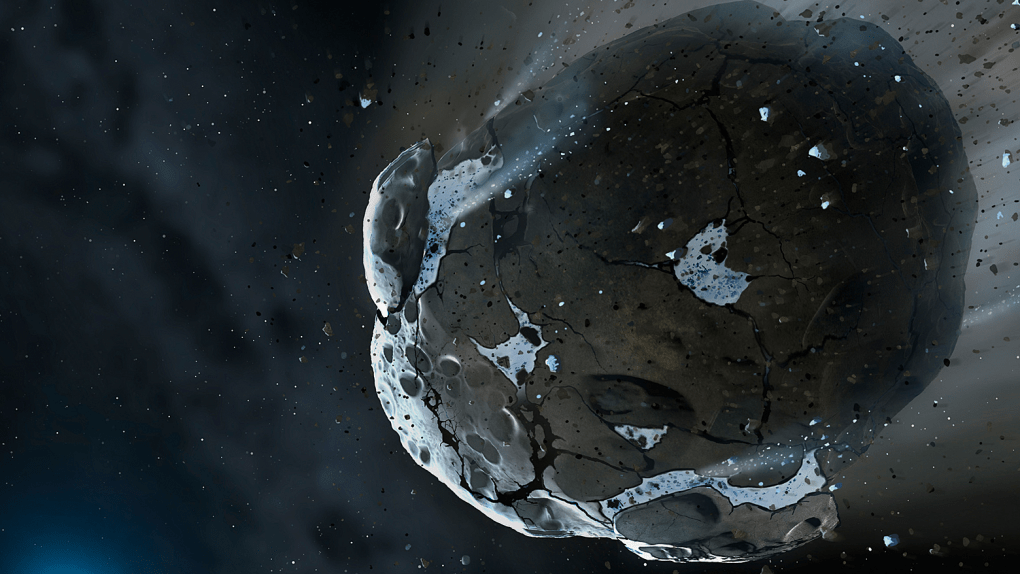Space groups like NASA and the ESA track a huge number of near-Earth objects on a daily basis, and many of them have a chance to make life miserable if they one day end up on a collision course with Earth. These “potentially hazardous” asteroids regularly pass Earth without issue, and the same will most likely be true on September 9th, 2019.
That’s when the rock known as 2006 QV89, an asteroid measuring just over 160 feet wide, is set to make its closest approach to Earth in some time. Astronomers tracking the object believe it’ll only get as close as four million miles, but the ESA says there’s a very tiny chance it could end up here on Earth.
ESA’s risk-tracking database relies on models and calculations based on past observations, and those measurements are typically very accurate. However, there’s always a small chance that they’re not spot-on, and an even smaller chance that they’re off by enough that an impact occurs.
For asteroid 2006 QV89, the chance of impact is slim, but present. According to the ESA, the asteroid has a 1 in 7,300 chance of slamming right into our planet. At 164 feet wide, the asteroid isn’t exactly a “planet-killer,” and even if it struck Earth it wouldn’t be the end of the world. Yes, if it struck land, particularly in a highly populated area, it could do some very serious damage. If it hit offshore, it could even cause a tsunami to form.
The good news here — besides the fact that there’s almost no chance of it hitting Earth — is that as the rock moves closer it will give researchers even more time to track its orbit and plot its course with a higher degree of accuracy.








